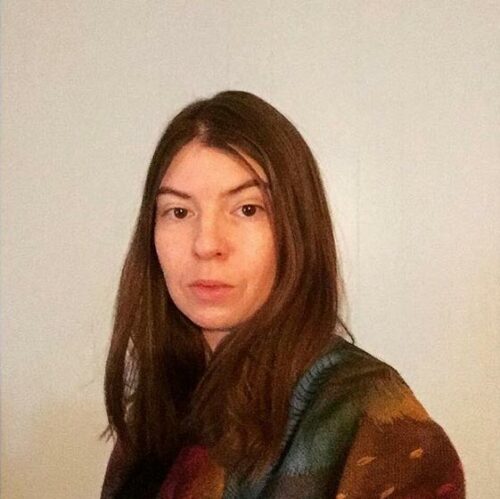
Lára Sigurðardóttir
images
Birgitta Þórey Rúnarsdóttir
@bibbart
translation:
Lára Sigurðardóttir
An interview with Sigríður Harðardóttir head of the design center at Össur
With prosthetics, braces and other support equipment at the highest quality the Icelandic corporation Össur, is of service to a diverse group of people living with mobility challenges. Individuals who may have been amputated, born missing a limb or facing other physical challenges due to conditions like arthritis.
In the year of 2019 the corporation profittet several hundred million US dollars and maintained their position as the second biggest manufacturer of prosthetics and braces world wide. Össur contributes 5% of its profit to research and development within the corporation and operates in 26 countries in almost every corner of the world.
But what is the social responsibility of the corporation? How does the corporation collaborate with their users, which mostly belong to a marginalised group? And who is it that actually can, considering the economic aspect, afford to get their hands on the product?
To get some answers to my questions I got in touch with Sigríður Harðardóttir, the director of R&D Design Center at Össur.
We met online, each sitting with our computers at home revealing our wardrobes in the background.
The first thing we discussed was the corporation’s collaboration with the end user, to which extent the end user is a part of the development process. Sigríður tells me that the main focus regarding product development and services at Össur is always pointed at the prosthetist and those who end up using the product – the end user. This focus follows through “from the start to the finish” as Sigríður puts it. User journey experience is the key to Össur’s development process. Conversations with end users about their well-being and needs, as well as the effort that development and creation teams put into understanding the experience of amputation and living without a limb, is a tremendously important part of the process according to Sigríður.
I can’t help but wonder if the end users at Össur, the individuals that need their products, are giving their work for free when sharing their user journey experience? All the same, it is not a new phenomenon that marginalised groups share their experiences and educate corporations, institutions and individuals without getting any fee in return. To share a personal experience or actively participate in product development demands time and energy. Corporations tend to profit largely from this kind of work done by users, which end up being the ones leaving empty handed.
Do people get paid for sharing their experience?
“Yes, it is just very different between each project, regarding where the individual is coming from or in which country the project is being executed. Then there are these bodies of regulations on how to approach it.” She tells me that sometimes it is only an online survey on Facebook that is being used and at other times the users are working with them for two to three weeks at a time “[…] then of course they get some kind of compensation for doing that, all depending on in which country the work is being done and which policies and regulations apply.”
Sigríður, who works a lot in a english speaking environment prefers to use the english word amputee instead of the Icelandic word aflimað/aflimaður/aflimuð. Sigríður says: „somehow it’s [the word aflimaður/aflimuð] too direct and we do not talk about patients. I understand what she means by that, an individual that has faced amputation or was born missing a limb is not necessarily a patient. In several reports from Össur there is however information to be found on the estimated 750.000 individuals that each year face lower leg amputation, about 70% of them face amputation due to diseases such as cardiovascular diseases, diabetes or cancer. So often it is patients who face amputation.
I want to know if Össur is granting money or other resources towards research on these diseases
Sigríður is not sure if there’s any collaboration between Össur and associations fighting diabetes. She answers that Össur works closely with associations like for instance the Amputee Coalition in the US and that they (the AC) are in close collaboration with for instance the American Diabetes Association. Össur is one of the biggest sponsors to the Amputee Coalition and International Confederation of Amputee Associations. Besides this Össur sponsors various other associations that work with and for amputees and has also participated in other unique projects such as training healthcare professionals in Haiti and sponsoring the medical association Stand Tall with prosthetics for victims of the earthquake in Sichuan, China.
The concentration of grants and collaborations is, so to speak, in one place – organizations that focus on the interests of amputees and the disabled.
Can everyone afford the product or is it more exclusive? I honestly do not have any idea of what the cost of getting a prosthetic is?
“You are not paying it out of your own pocket […] the end user does not just bring their Visa to the counter.” It is estimated that around 95% of all products purchased at Össur are reimbursed or subsidized by a third party, as in medical insurance provided by the state, private insurance or grants.
On the other hand there is a huge difference between countries regarding this. Healthcare systems are far from being identical between countries and so are the medical insurance policies, somewhere there is not even any state provided medical insurance. So when considering all the options, there are instances where the end user is paying out of own pocket.
But how does the end user approach the product?
“It is actually the prosthetist or another healthcare professional who is the real customer”, the end user is “the amputee, which can be everyone”. She tells me about the K-level scale which is used when searching for the right prosthetic for the end user. The scale is from 0 – 4 and indicates the level of mobility. A professional athlete is for example at a K-4 and the product for that user is probably very different from the product for a user at K-1 on the scale. Prosthetists or other comparable healthcare staff are the experts in fitting products and they are the ones taking the big responsibility of choosing and assisting the end user to get the right product. That is why you can’t just walk in from the street as a user at Össur and buy directly.
When I look at your website I see a lot of focus on athletes, is that something that has been decided on especially?
“Yes, most definitely […] those products are very visible and people recognise Össur from our running-feet.” ForÖssur’s 50th birthday the corporation worked a lot on uplifting the stories of their users. Stories that can give others inspiration and are encouraging, stories that can help make the use of prosthetics more visible and more acknowledged in society. Össur wants to celebrate people that excel, people at the forefront of its field. I can mention for example Team Össur and Össur Ambassadors. Team Össur is a group of professional athletes who work very closely with the corporation on designing and testing athlete-feet and other prosthetics made for sports. Össur Ambassadors are on the other hand not necessarily athletes but “all kinds of people doing great things and who are very visible” For instance motivational speakers, a psychologist, a model and a DJ. Sigríður adds to this: „It’s something very important to us, to smash away the stigma in society”.
“At the same time we have of course a large group of end users who are elderly and maybe struggling with diseases like diabetes and such, which is often the cause of amputation”, Sigríður says. There are many innovative projects ongoing at Össur right now, targeting exactly that group of users and the corporation is hosting an event at the innovation week directed towards those users. It is all about a new product which, as Sigríður puts it, “is totally revolutionising the experience of these users. It gives more fragile users an opportunity to use prosthetics and to be able to walk again, something which was not possible before.”
Össur’s goal is to provide its users a life without limitations — after all these three words are the slogan for the corporation. Here everything is possible, opportunities and chances without obstacles, despite the trauma of amputation. And this is the message Össur wants to be widely visible.
— — —
Do you support Vía?
Vía counts on your support. By subscribing to Vía you contribute to the future of a medium that specializes in, and puts emphasis on equality and diversity.
Vía, formerly known as Flóra, was founded 4 years ago for critical readers that want to dive underneath the superficial layer of social discussion and see it from an equality, inclusion, and diversity perspective.
From the beginning, Vía has covered urgent societal topics and published issues and articles that have shone a light on inequality, prejudice, and violence that exist in all layers of society.
We emphasize publishing stories from people with lived experiences of marginalization.
Every contribution, big and small, enables us to continually produce content aimed to educate and shine a light on hidden inequalities in society, and is essential for our continuing work.
Support Vía
Harm reduction and the right of individuals to self-determination — Frú Ragnheiður
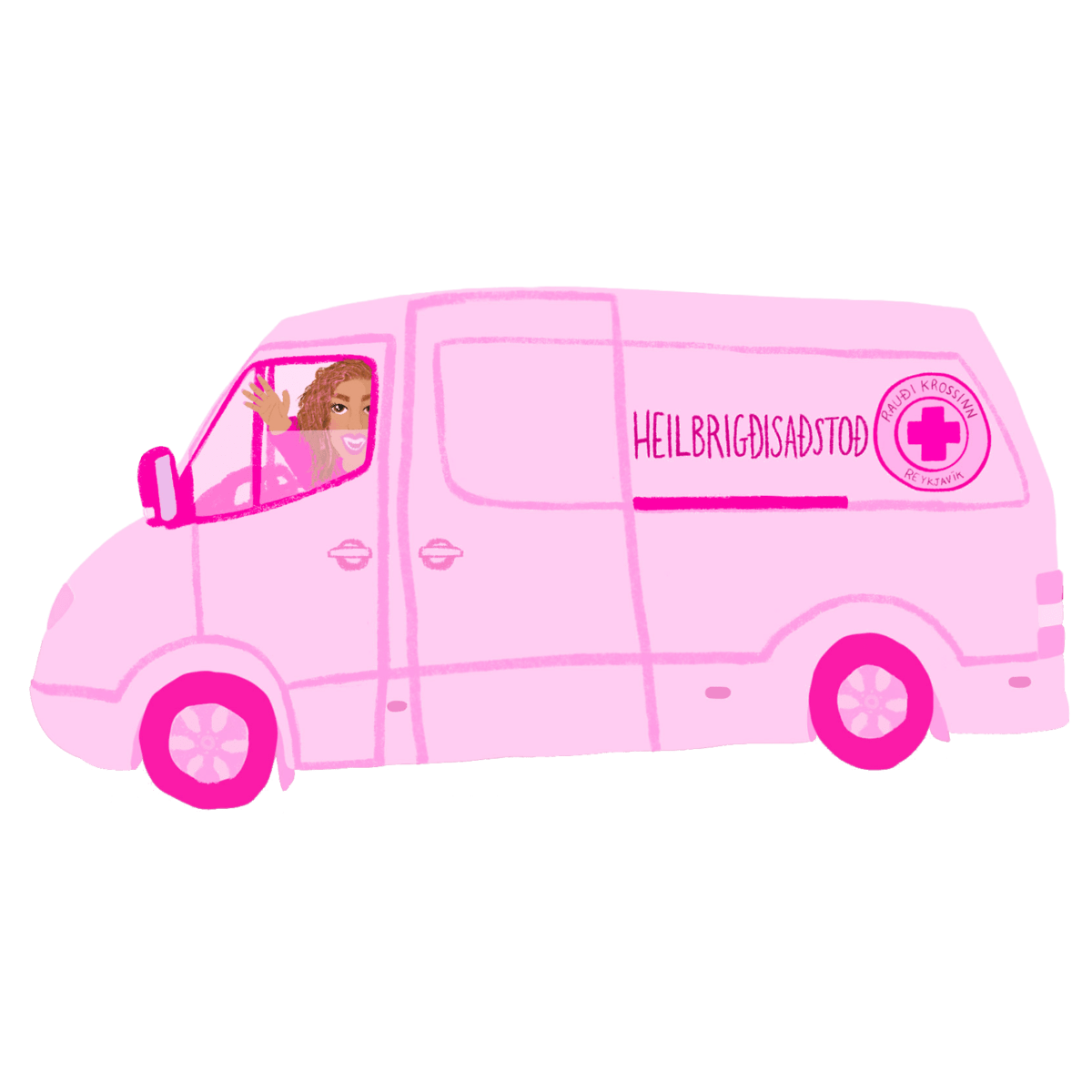
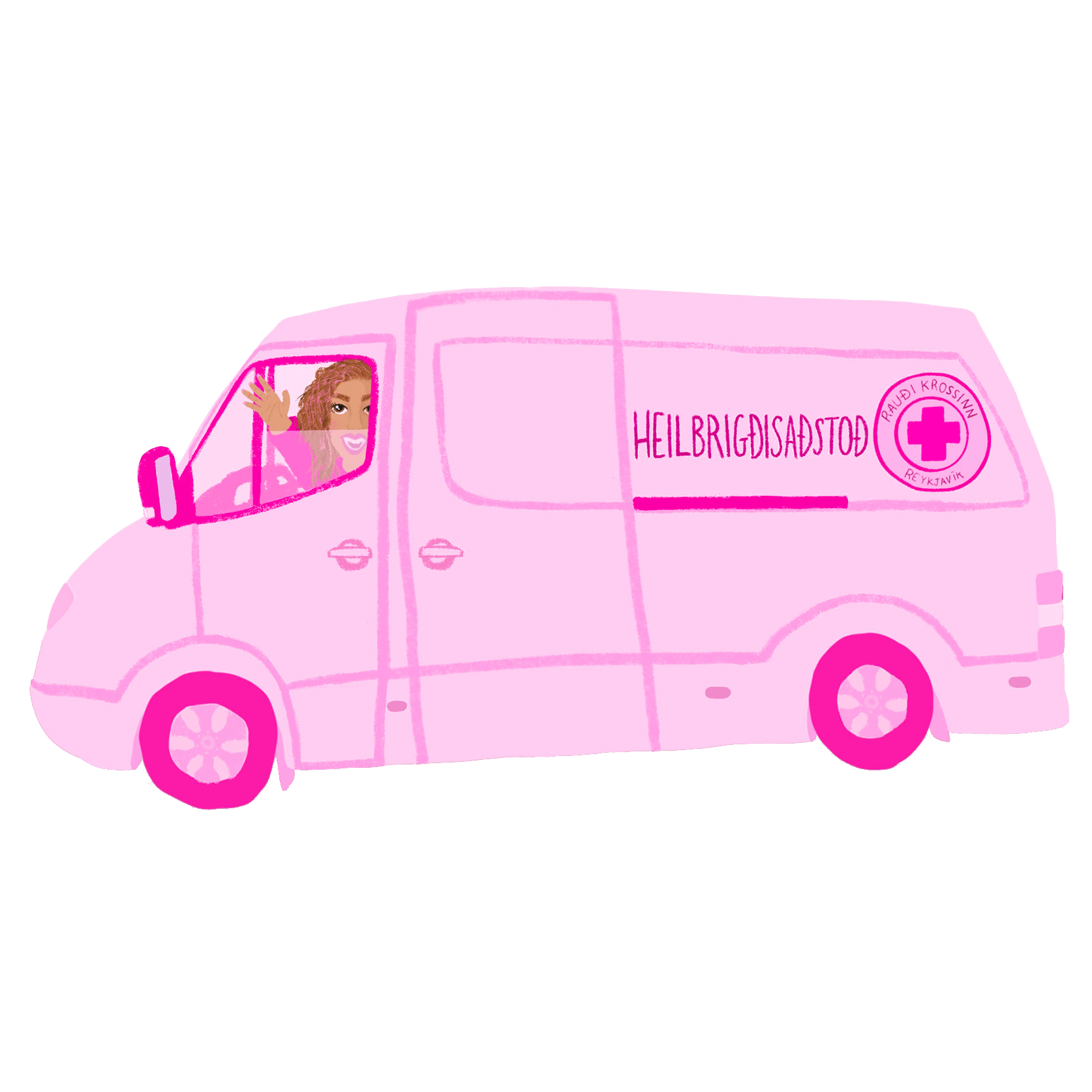
My Right to Exist
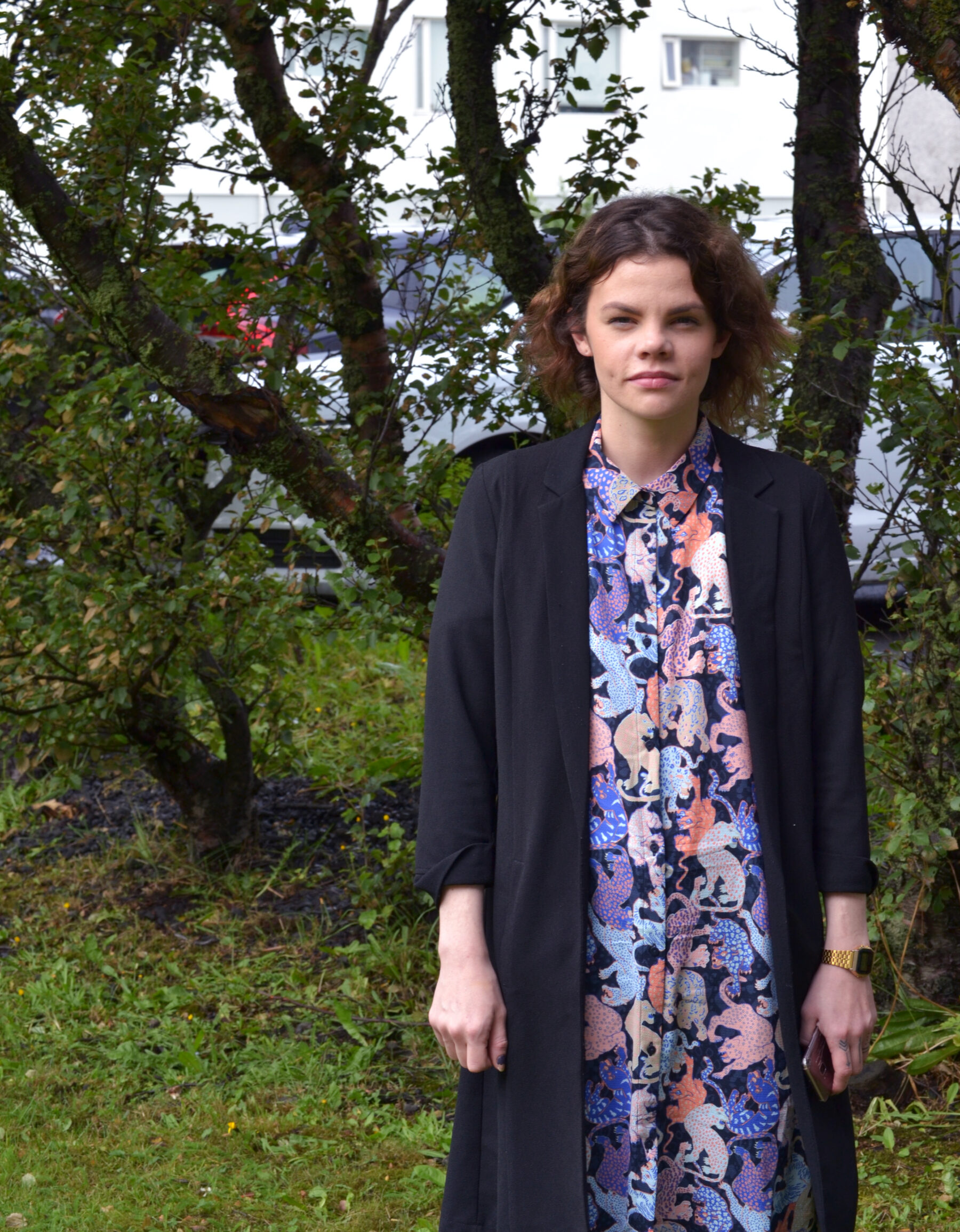

Equality and innovation – Just consulting
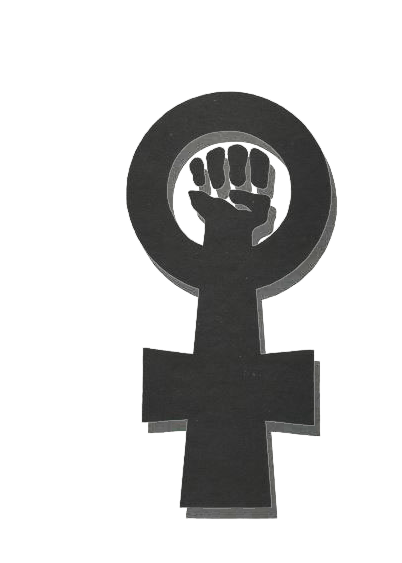

Beyond the Gender Binary: Film producer "My Genderation"
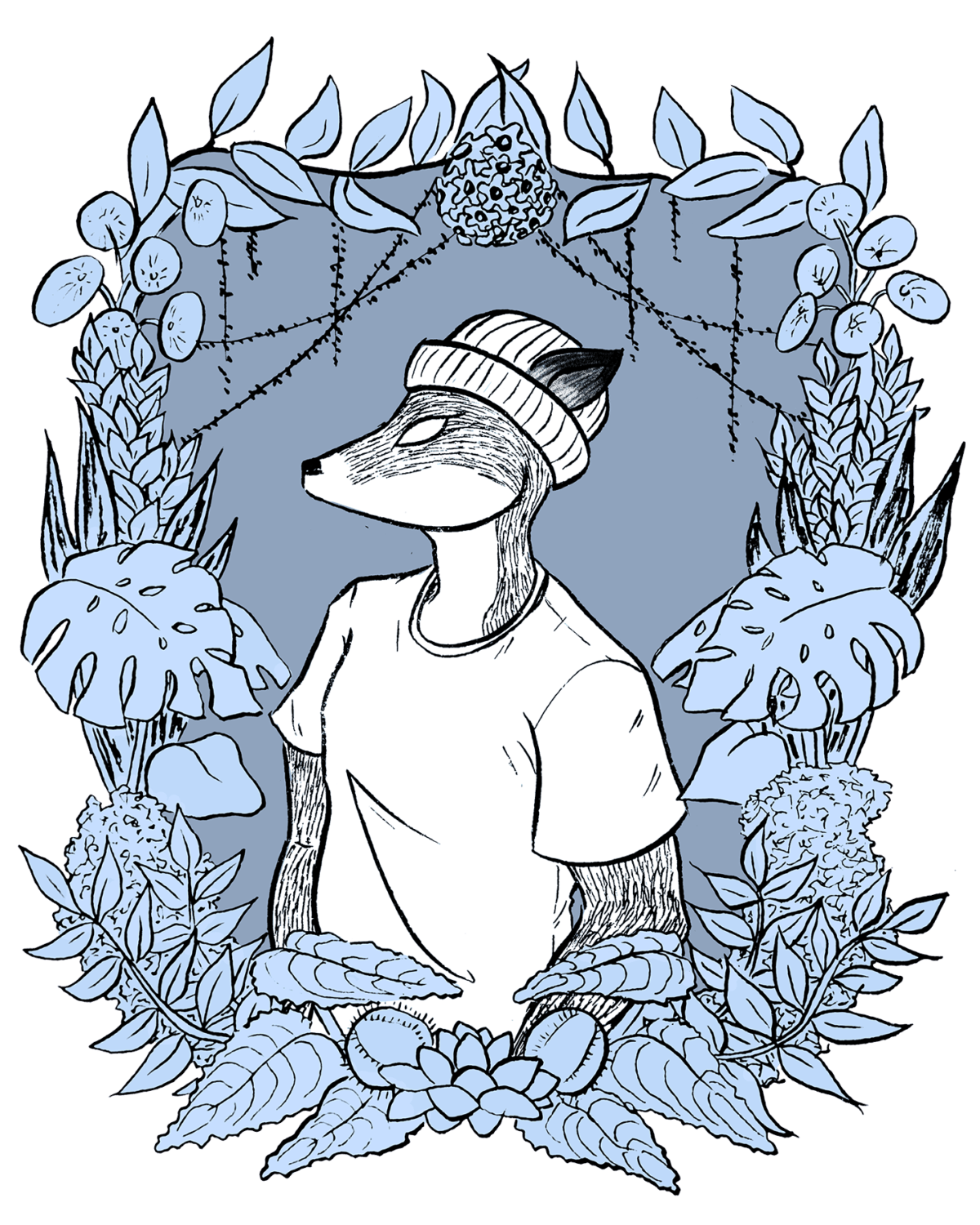
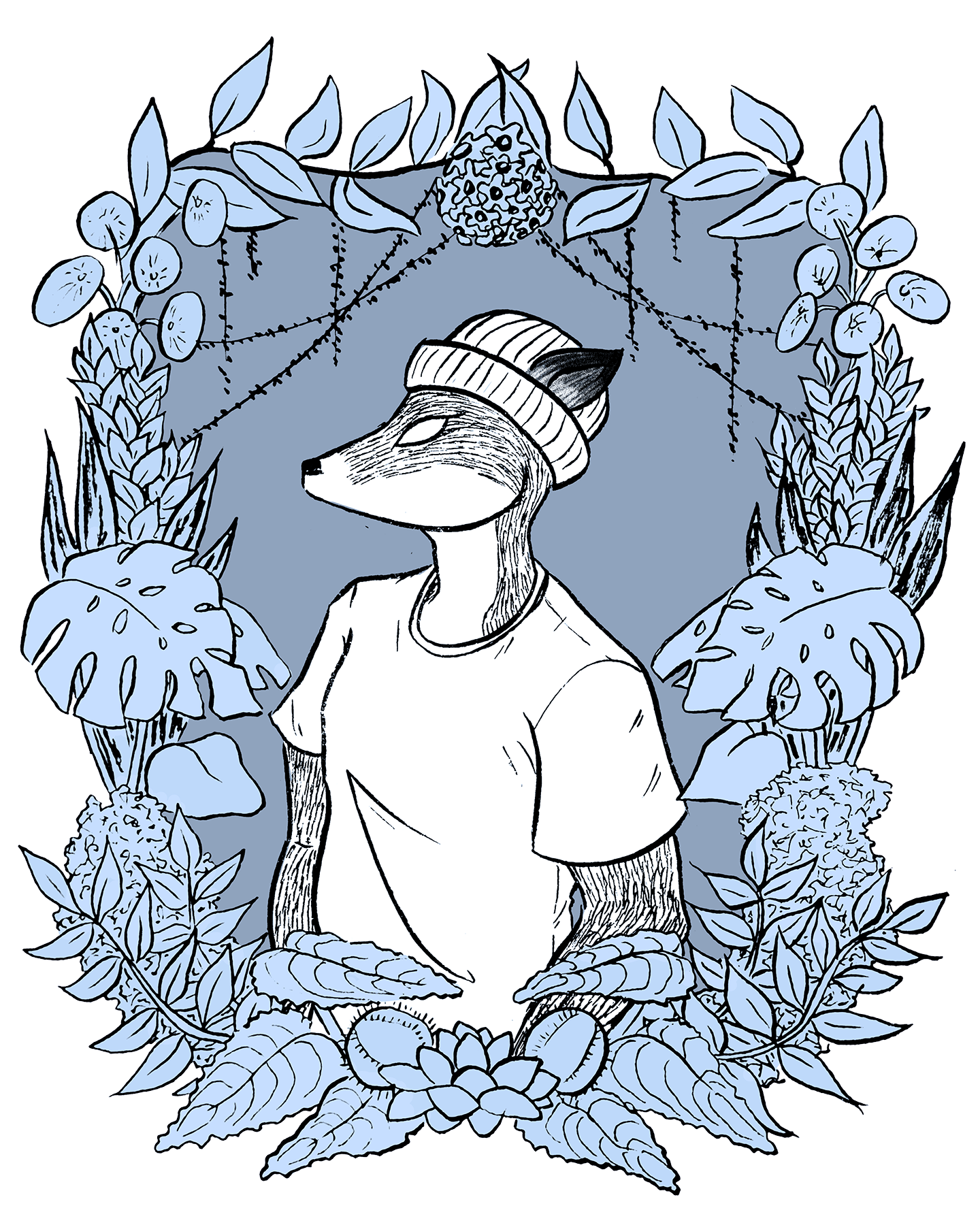
Read more about...